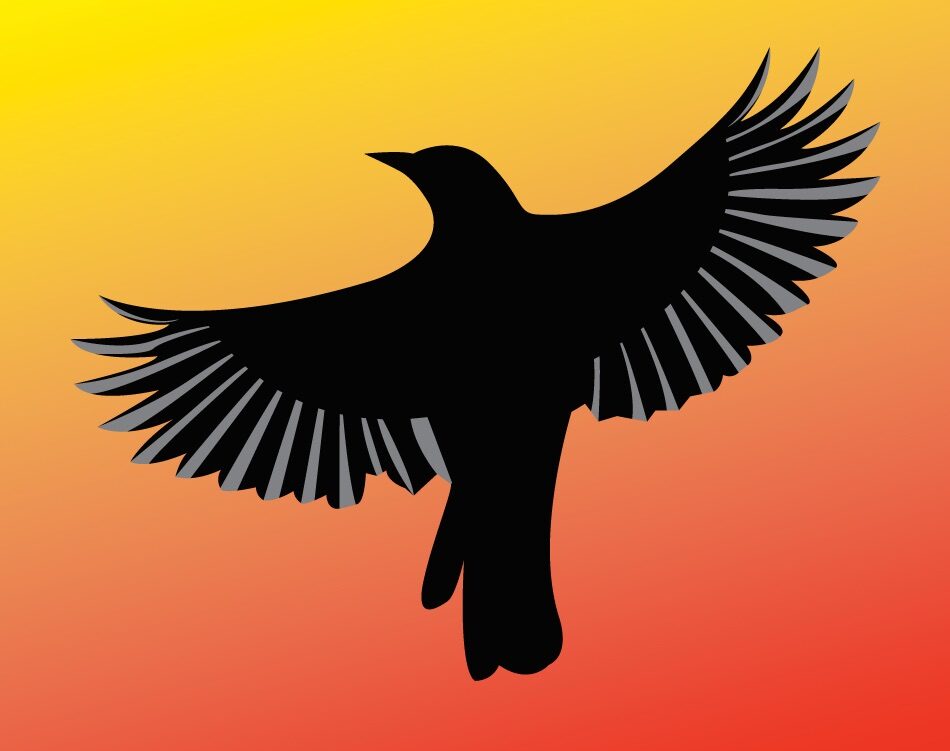Spotlight: “Faery Prophet” by Leslie Claire Walker
Faery Prophet is the second book in Leslie’s Young Adult series Faery Chronicles. Will the blossoming powers of a faery seer’s apprentice be strong enough to prevent a demon from rising? Or will he lose, and become a demon himself? The first two books in this series, Faery Novice and Faery Prophet, are available for…
